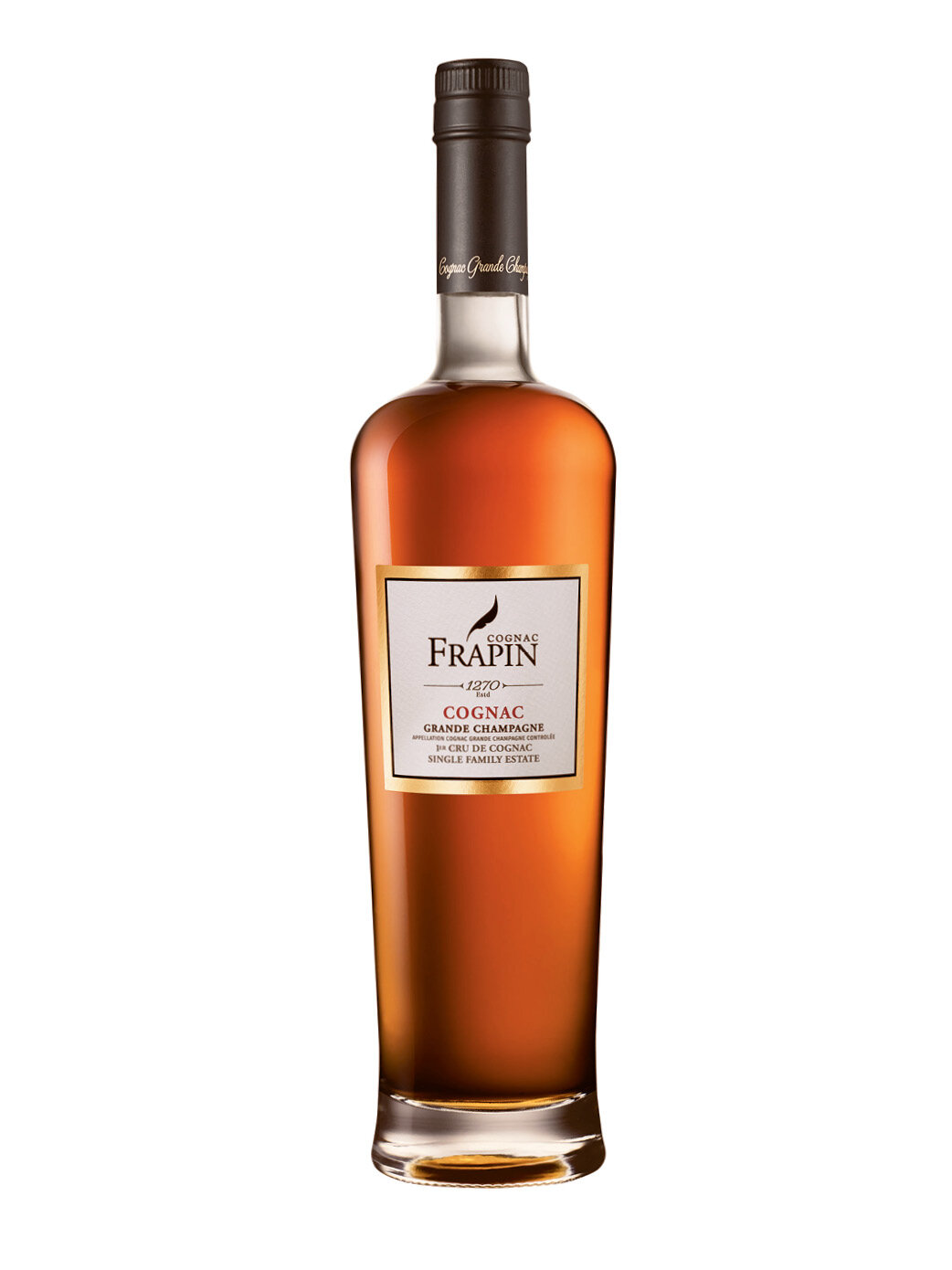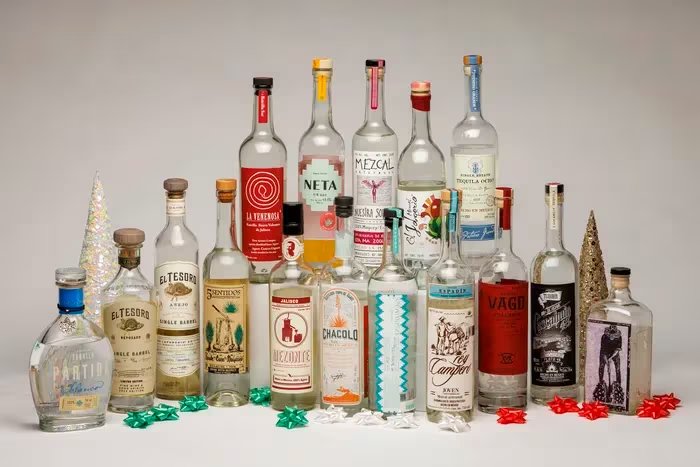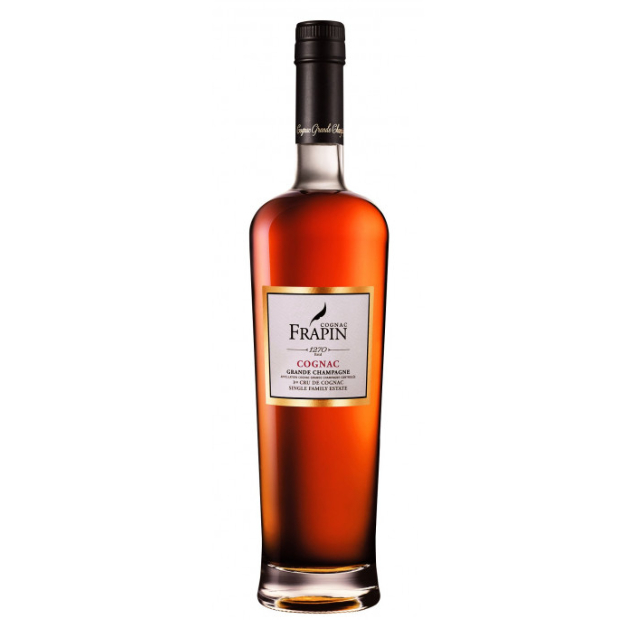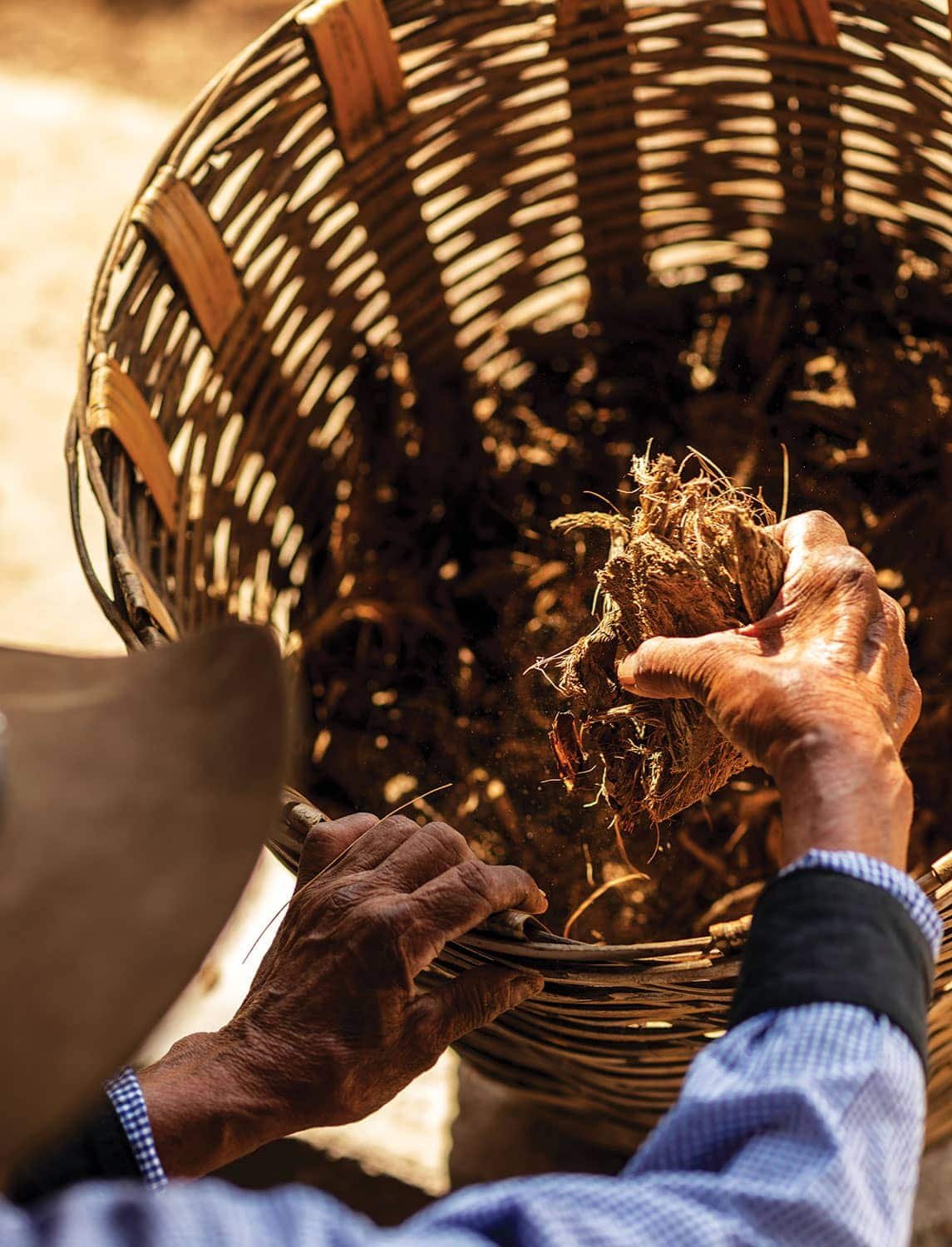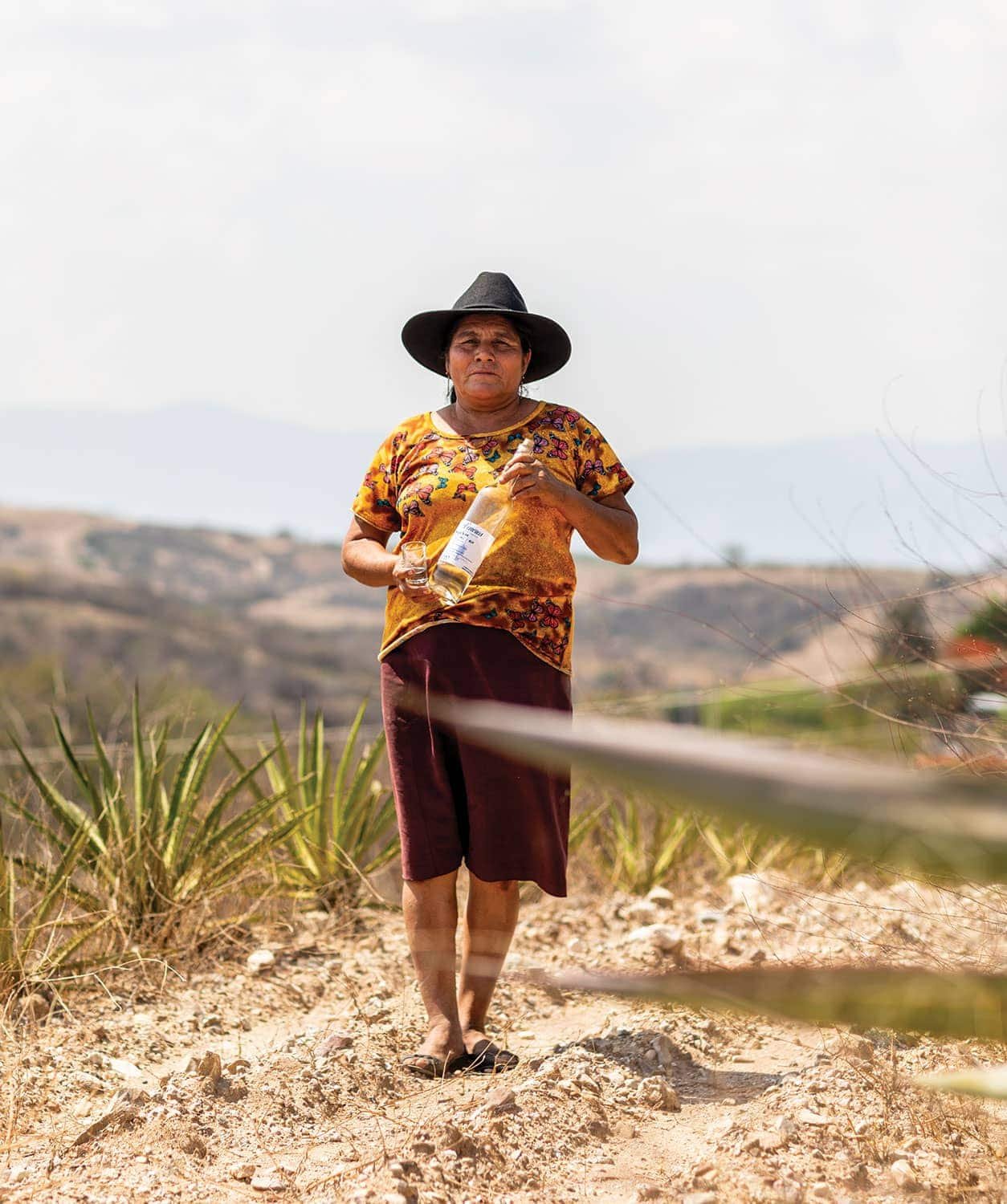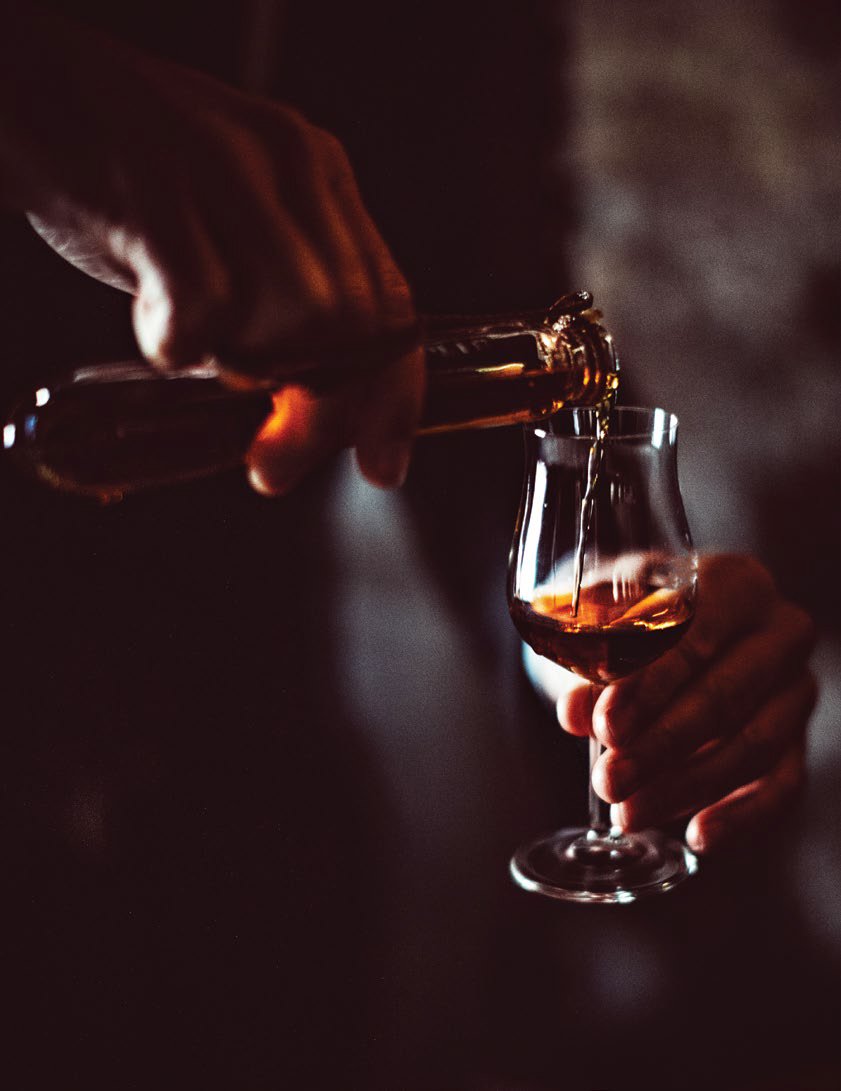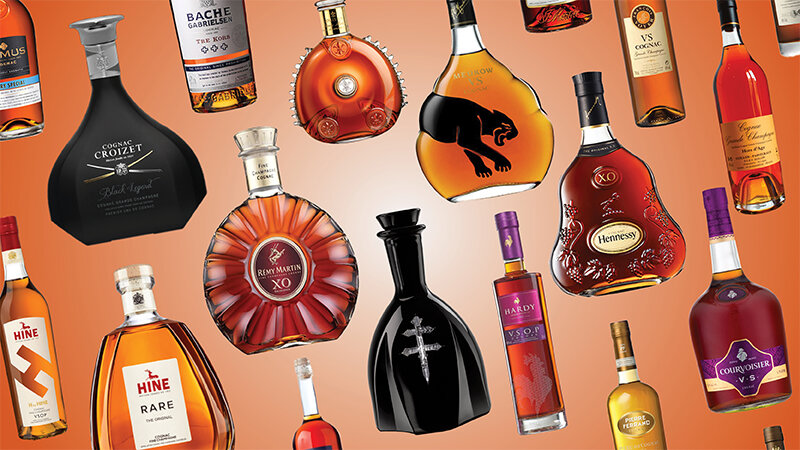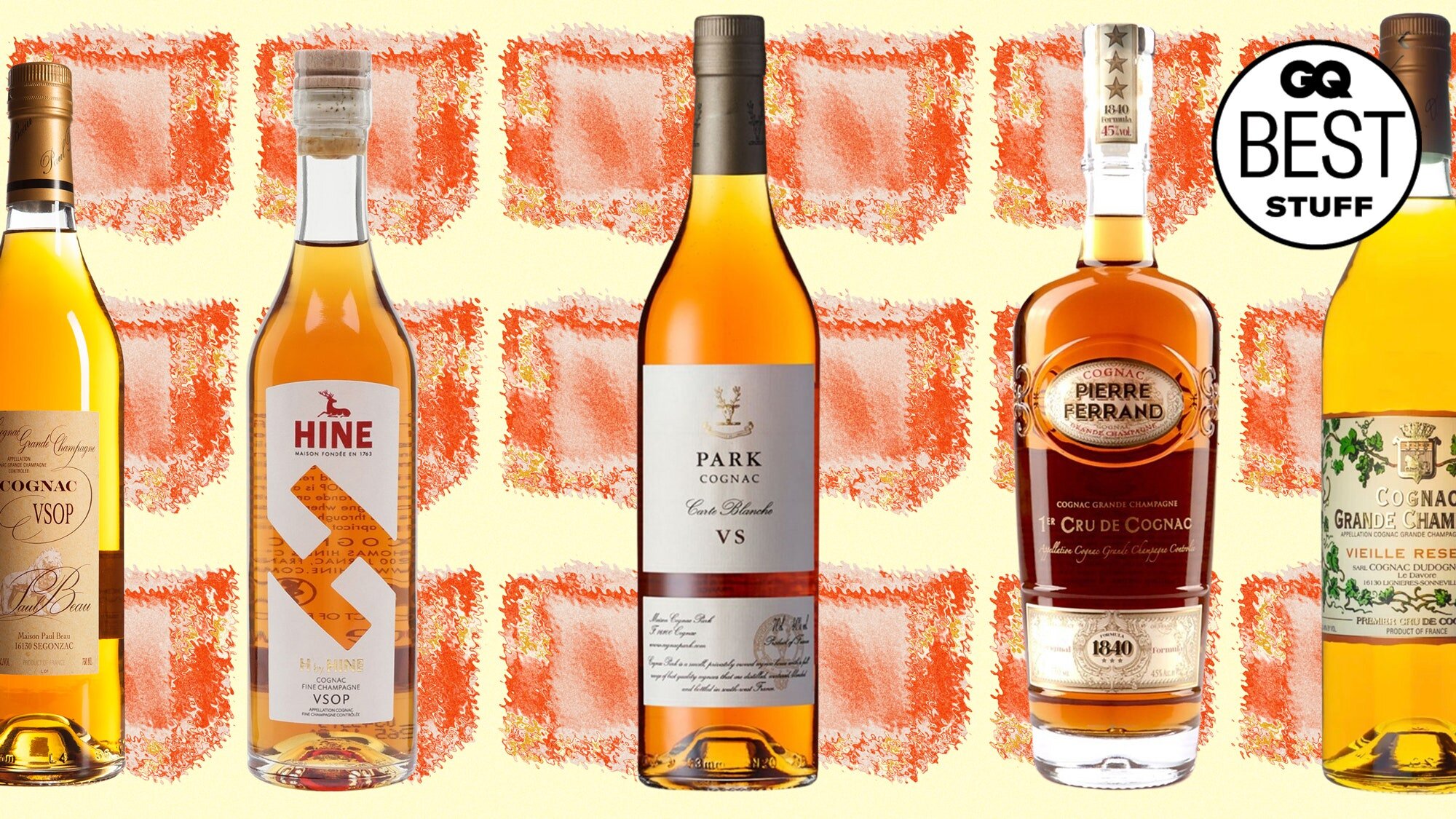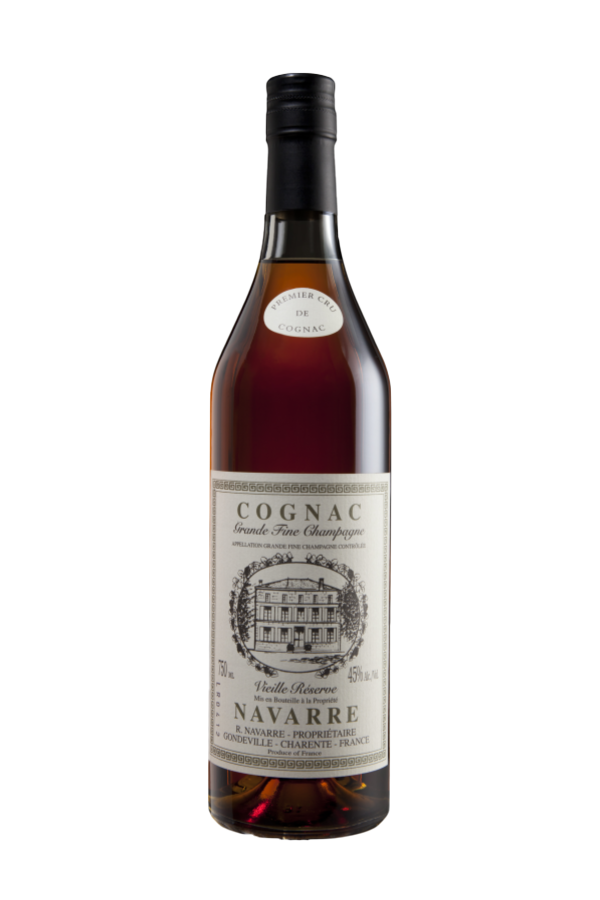In many ways, moving from tequila into the expansive world of mezcal is like developing a taste for Scotch following a fascination with bourbon. Each duo shares the same parent category (agave spirits and whiskey, respectively), employs similar production techniques, and will often be found close to each other, if not side by side, in liquor stores.
Of course, there are limits to this analogy, and the aim is not to frame mezcal or Scotch as superior to their siblings. But there’s also no denying that the regional diversity within these two categories and, yes, the occasional presence of smoke, place them among the world’s most complex spirits — distillates that aficionados would often much rather enjoy neat rather than in cocktails.
Whether the destination for mezcal is a copita or coupe by way of cocktail shaker is ultimately the buyer’s decision. Either way, quality and value for money are of paramount importance, and those can be tricky things to decipher from bottle labels or even brand websites alone. So we’ve done the hard work for you, tasting through dozens of expressions, and digging into individual production details to offer this list of the 20 best mezcals to drink in 2025.
The Best Mezcals Over $100
Palenqueros Madrecuishe Valente Garcia
Another hands-on, small-batch expression, the roasted Madrecuishe agave for this 933-bottle release was crushed by mallet before being double-distilled in copper pots. Bottled at 48.9 percent ABV, it offers a bright, minerally wet rock nose, with hints of citrus and savory smoke. The palate that follows is layered with sweetness and roasted nut notes.
Average price: $104
Rating: 94
Cinco Sentidos Arroqueño Tío Pedro
A stunning and considerable labor of love, Tío Pedro Hernandez produced this batch in Santa Catarina Minas using traditional clay pots. Before he could do so, he first had to source the Arroqueño agave from over 50 miles away, in the verdant hills of Sola de Vega. After roasting for more than five days, he (along with some help from friends) mashed the agave by hand using mazos. All that effort truly paid off: The nose darts between ripe tropical fruit, yogurt, and root vegetables. The palate is at once sweet and minerally, the wet rock notes eventually leading to pleasant, dialed-down smoke, and a finish that drinks well below its almost 50 percent ABV.
Average price: $136
Rating: 95
NETA Espadin-Bicuixe Heriberto García Sánchez
Combining a 60/40 blend of wild Bicuixe and homegrown Espadín, this double-distilled ensamble flips a common mezcal experience on its head, beginning with savory, almost meaty aromas, and following with expressive green fruit and chalky minerality on the palate. With more time in glass, the aromas and flavors meld into one, just as other complex notes emerge, ensuring the drinking experience is ever evolving and endlessly enjoyable.
Average price: $149
Rating: 94
















